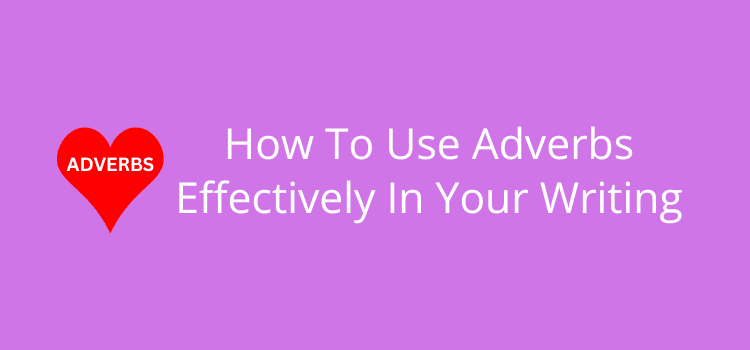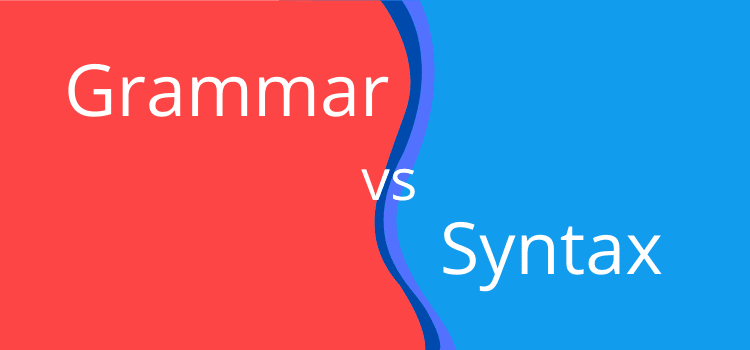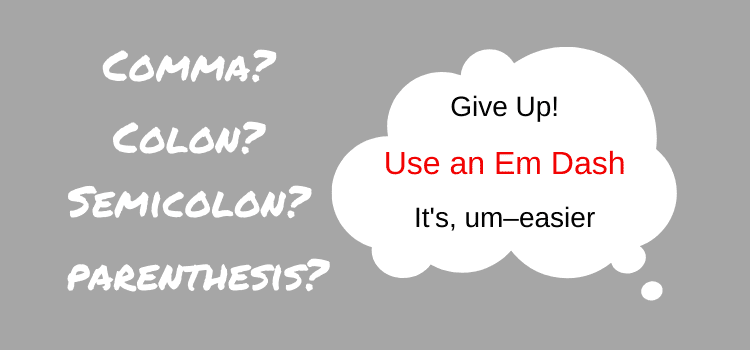
You often read writing advice saying adverbs are bad, but learning how to use adverbs effectively is a key skill for any writer.
That’s not to say that teachers, editors, or even famous authors are wrong to warn about using adverbs in writing.
But adverbs are a natural part of language and writing, along with verbs, nouns, and adjectives. Used with care, they are not the enemy of good writing, but a tool you can use to clarify, describe, or fine-tune tone.
The problem is not with adverbs. It’s that they are often overused or misplaced. If you choose them carefully, they can highlight emotion, emphasize a point, or change the pace of a sentence.
Why adverbs deserve their place
A lot of advice you might read dismisses adverbs as unnecessary or weak, but learning how to add adverbs correctly can make your writing stronger.
But yes, it’s true to say that too many adverbs can weaken your message or story. It’s often because of poor placement, repetition, or, in the case of dialogue tags, using frequent adverbs with weak verbs.
But adverbs have a clear and important purpose in writing because they are often vital for clarifying or defining a verb or adjective that doesn’t convey what you want to express.
An adverb can add information about how, when, or to what degree an action occurs and can often avoid adding extra sentences.
One quick adverb can define timing, intensity, frequency, or manner, giving your readers a degree of precision.
As a quick example, saying, “He almost finished reading my new book,” is a very different story from, “He finished reading my new book.”
We have a huge vocabulary of adverbs, but adverbs ending in -ly often get the most criticism.
In dialogue, they are often a poor option because a stronger verb will do the job. “She said quietly,” could easily be, “she whispered,” but sometimes, “he said abruptly,” works better than “he snapped.”
Also, adding a quick adverb like “suddenly” can add urgency to an ordinary sentence for a moment of surprise.
The major problem with adverbs is not in a word; it’s in the frequency of use. Writers sometimes use them as a fallback instead of finding stronger verbs or adjectives.
15 Ideas to help you use adverbs effectively
Forget that adverbs are your enemy in writing. When you choose them for the right reasons, they can help you clarify meaning, adjust tone, or even change the rhythm of a sentence.
But it’s always about knowing when, where, and why you use them to improve rather than weaken your writing.
Contrary to what you might find in suggestions from some grammar checkers, you certainly don’t need to delete every adverb you find in your writing.
Think of them as tools you can use when you think one fits to add something positive or necessary to a sentence.
The following ideas are a start to help you think about your adverb use, but it’s not an exhaustive list. There are always opportunities to learn how to use adverbs wisely.
The following examples of adverbs used effectively should give you clues as to when to use them in your writing.
1. To indicate frequency or habit
Use: To show repeated actions without extra descriptions. Frequency adverbs are very common and almost always perfectly acceptable.
Example: “He frequently visits his family.” Other options: often, seldom, always.
2. To clarify intensity
Use: To describe how strong or weak an action is.
Example: “She stubbornly disagreed with the changes.”
3. To show or indicate manner
Use: To show how something is done to give more detail.
Example: “He carefully inserted the SIM card into his new phone.”
4. To create contrast or irony
Use: To signal that something is different from normal expectations.
Example: “She enthusiastically agreed to support the motion even though she was firmly against the idea.”
5. To add suspense or tension
Use: To create anticipation or surprise in a scene.
Example: “The lights went out suddenly, leaving the room in complete darkness.”
6. To define timing
Use: To specify when an action happens or how often it occurs.
Example: “He always arrives fifteen minutes late for our weekly meetings.”
7. To emphasize intent
Use: To highlight purpose or deliberate action.
Example: “He deliberately ignores all the warning signs.”
8. To create rhythm or pacing
Use: To indicate the pace or flow of a sentence.
Example: “He packed his bag quickly, ran to the door, and slipped outside unseen by anyone.”
9. To indicate the degree of certainty
Use: To show how sure the narrator or character is.
Example: “She probably forgot all about our lunch meeting.”
10. To intensify verbs for dramatic effect
Use: To make an action more forceful or emotional.
Example: “He angrily slammed the door on his way out.”
11. To modify adjectives for precision
Use: To fine-tune the meaning of descriptive words.
Example: “The movie was surprisingly entertaining despite the poor reviews I had read.”
12. To add nuance in narration
Use: To add information that can shape the reader’s interpretation.
Example: “Interestingly, none of the directors even mentioned the outstanding debt.”
13. To highlight perspective or opinion
Use: To convey subjective judgment or stance.
Example: “Clearly, this was not what she expected.”
14. To adjust tone in dialogue
Use: To show mood or emotion without changing the verb.
Example: “I don’t agree with this settlement,” she said defiantly.
15. To signal transitions or sequences
Use: To guide the reader through order or logical flow.
Example: “Finally, they reached the peak after a long, dangerous climb.”
Using adverbs thoughtfully
There’s nothing inherently wrong with adverbs. If you learn how to use adverbs effectively, they can make your writing more precise or expressive.
The challenge, however, is to use them in moderation. Overuse or careless placement can weaken sentences, but careful choices can help with precision and tone.
It’s best to think of adverbs that improve writing as a special tool rather than a quick crutch to save time.
They are extremely useful to clarify timing, indicate intensity, or add certainty or uncertainty.
While a strong verb is often best, a well-chosen adverb can add a little fine-tuning to a verb.
Always keep a keen eye on how you use adverbs with adjectives and verbs, and how they might affect the rhythm of a sentence.
When you use adverbs thoughtfully, they can certainly be extremely useful in writing, rather than a part of speech to always avoid.
Summary
Never think of adverbs as an enemy. They are a versatile tool you can use for clarity or rhythm, but you do need to use them thoughtfully.
As with any part of writing, it’s always about balance.
If you avoid overuse and choose them deliberately, you can use adverbs effectively in your writing.
So, the next time your grammar checker tells you to delete an adverb, don’t react as if it’s a mistake. Consider the suggestion, but it’s always up to you to make the decisions.
Related Reading: How To Use Fronting In Writing For Extra Variety
Share This Article


